Returning home from Kruje I went walking looking for the Parliament which I didnt see yesterday to space things out. Perpendicular to Skanderbeg Square is a pedestrian zone not mentioned on wikitravel.
Here they had beer and food vendors more reminiscent of Oktoberfest which I'd just left behind in Munich. They were grilling fresh meats and this district seemed more alive then the 'hip' street mentioned in wikitravel.
This was part of a revitalization zone paid for by the EU. It centered around this street as a base with other landmarks at intervals. I found my way to the Parliament but the maps also mentioned King Zog's Palace which I couldnt find.
There was also a building where many people were tortured in communist times. Finally the zone ends by an old Turkish bridge. I was done for the day so went back to the hotel to get out of the heat.
The next day on Tuesday I was planning a day trip to the coastal city of Durres. Along the way I was going to visit the National Museum right at Skanderbeg Square near the hotel. The museum is closed Mondays so this was my last chance to visit today.
Entry today was free for some reason. No pics allowed but the place was deserted so I got some in. Similar to my visit to Kruje yesterday a lot of the exhibits celebrated Skanderbeg the Albanian national hero.
There were also exhibits from ancient times, old city pics, WWII, Nazi times, Byzantine Christian art, and communist era atrocities. In the giftshop they had hand made clothing more than 100 years old. It seemed a bit eerie buying a dead persons clothes.
Tirana was not what I expected. During communist times it was so tightly controlled it was the North Korea of its time, nothing got in or out. When communism ended it was the first post communism refugee crisis as people overcrowded anything that would float to head to Italy out of dire poverty.
Even Michael Palin's 'New Europe' documentary ten years ago showed Tirana roads riddled with potholes and barely driveable. Nor were there any of the gypsies encountered in Bulgaria. The country has recovered much better than its Yugoslav neighbours Serbia and Macedonia which is in more need for urban infrastructure.
Visit My Page on Facebook : Departures1 - Global Adventures

 Tirana, Albania
Tirana, Albania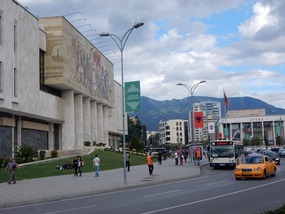
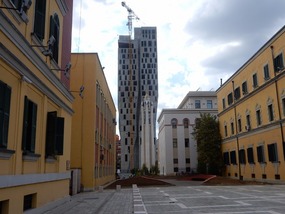
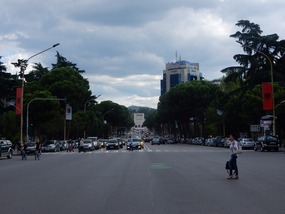
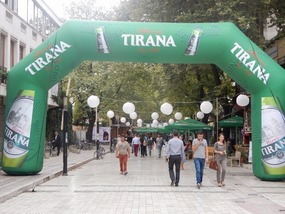


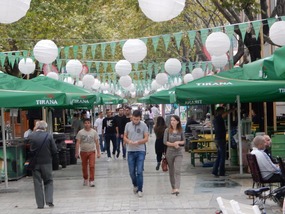
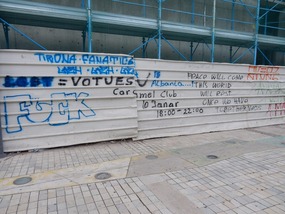
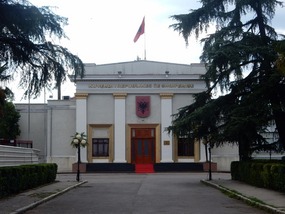
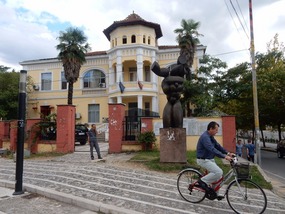
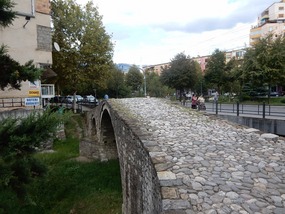
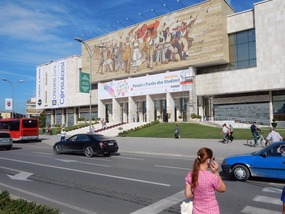
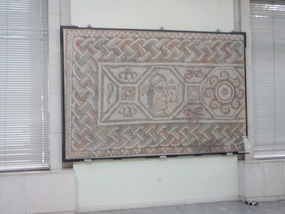

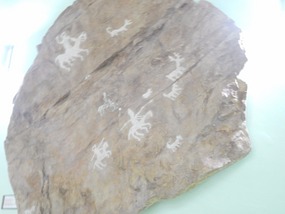
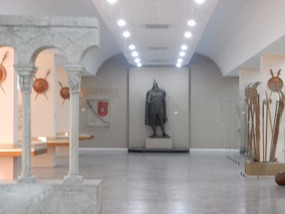
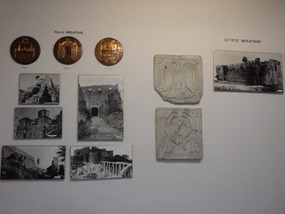
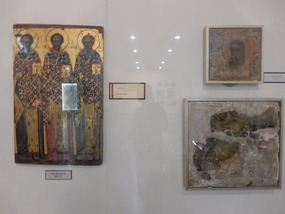

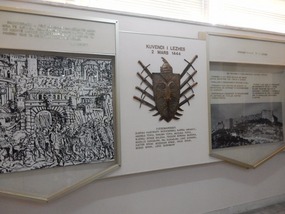
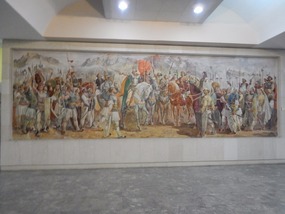
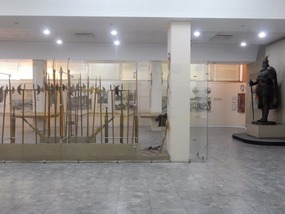
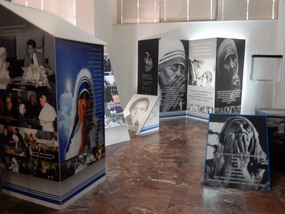
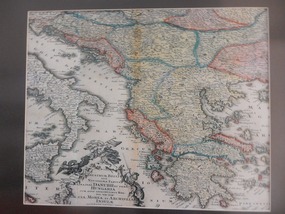
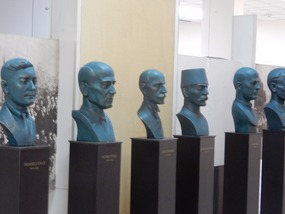
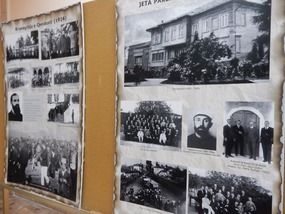
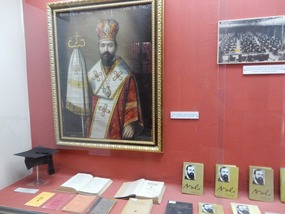
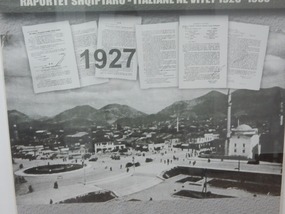
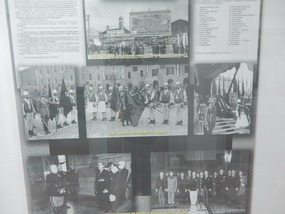
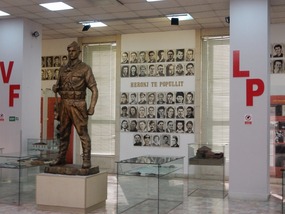
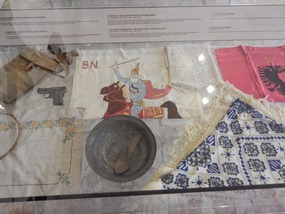
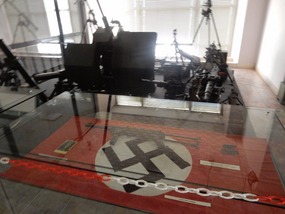
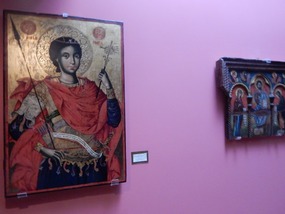
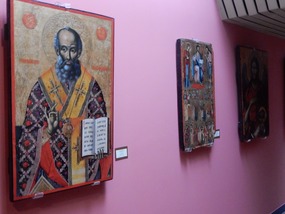
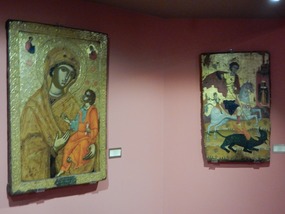
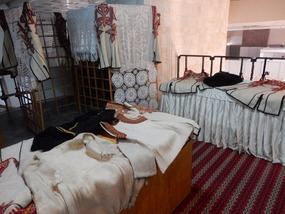
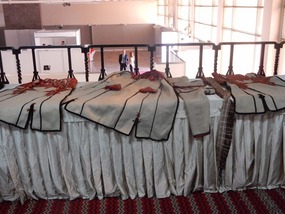
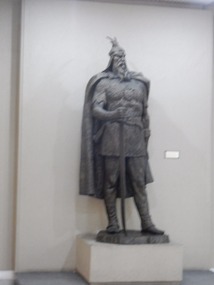
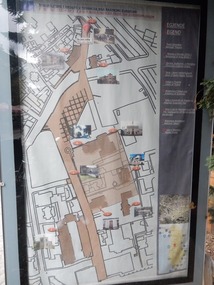
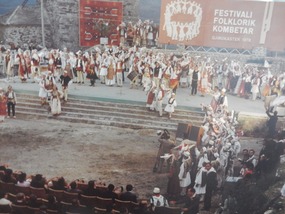




crowdywendy
2015-11-04
Thank you Asif for introducing me to Albania. It is nothing like I had expected.
londone7
2015-11-04
yes we know so little and it has such a negative image but it has done a complete turnaround and in better shape than some of its Balkan neighbours!